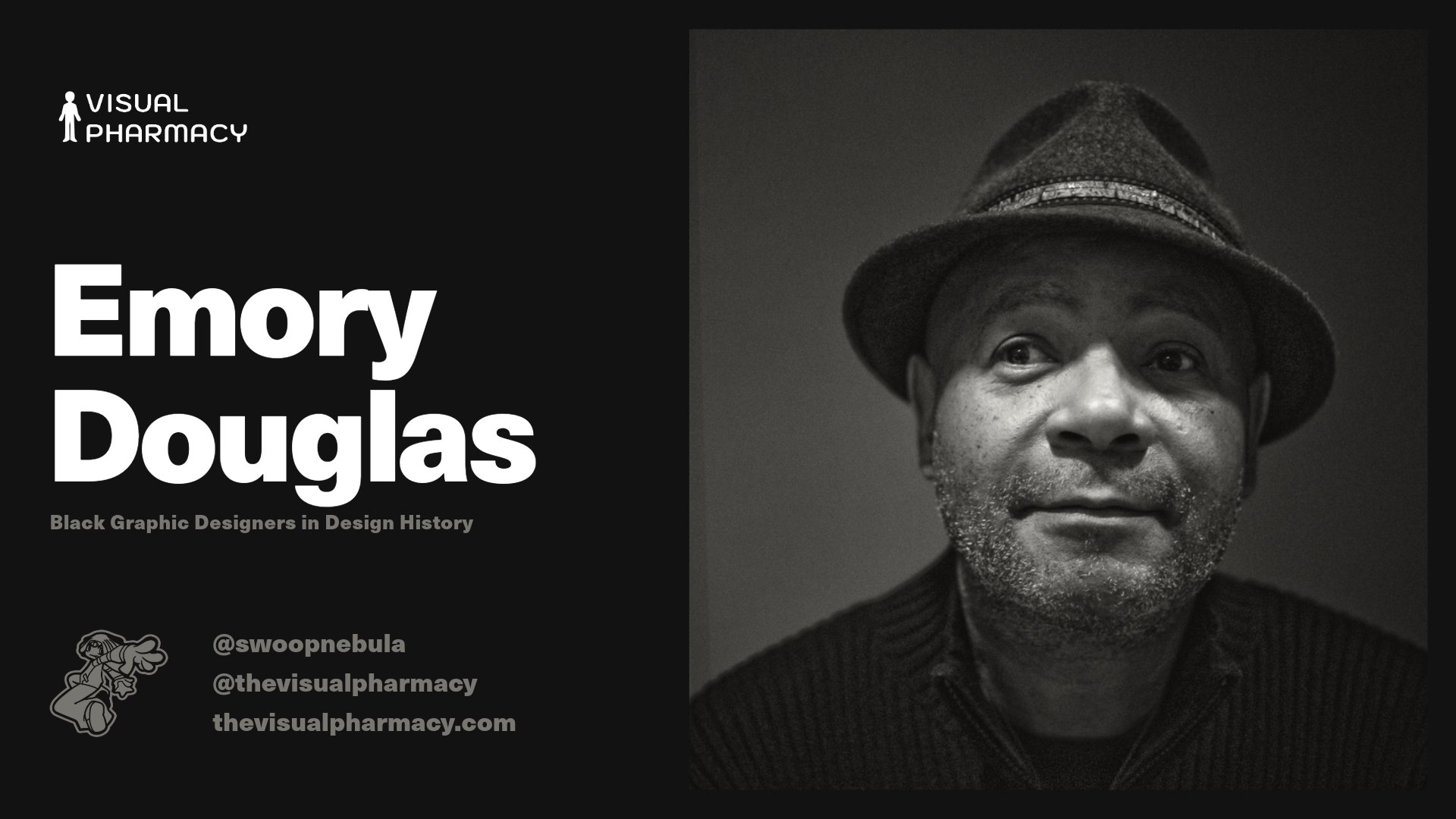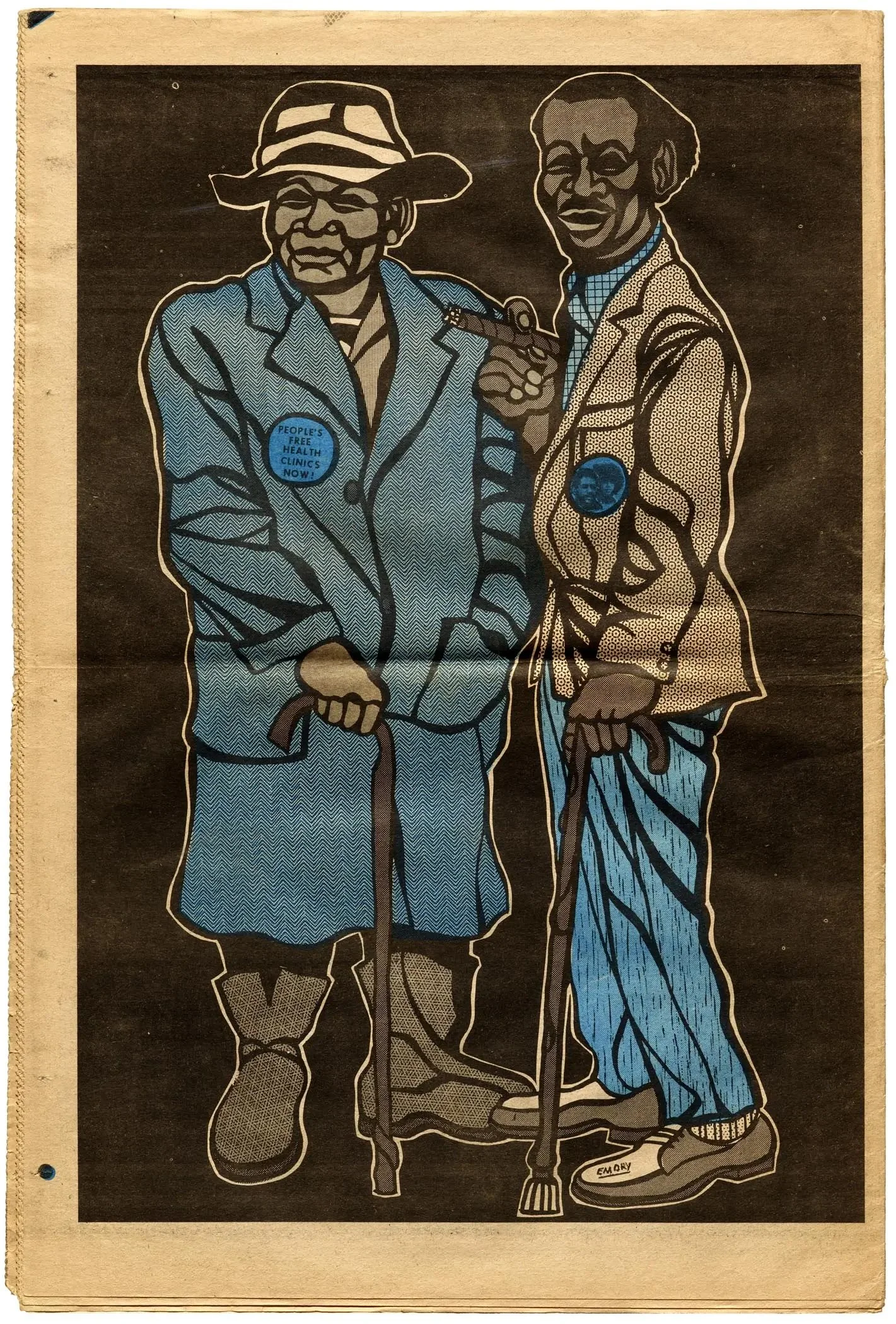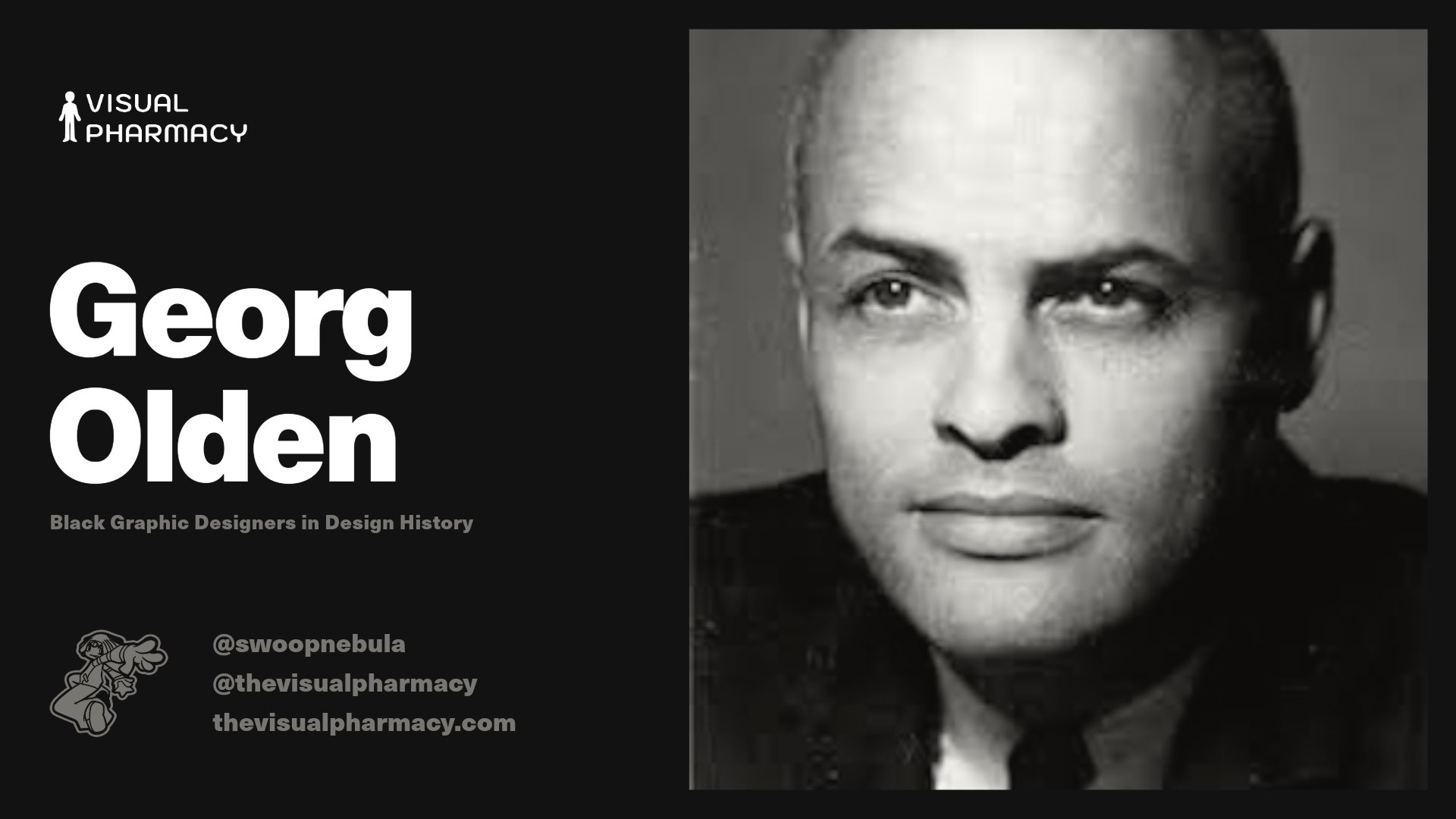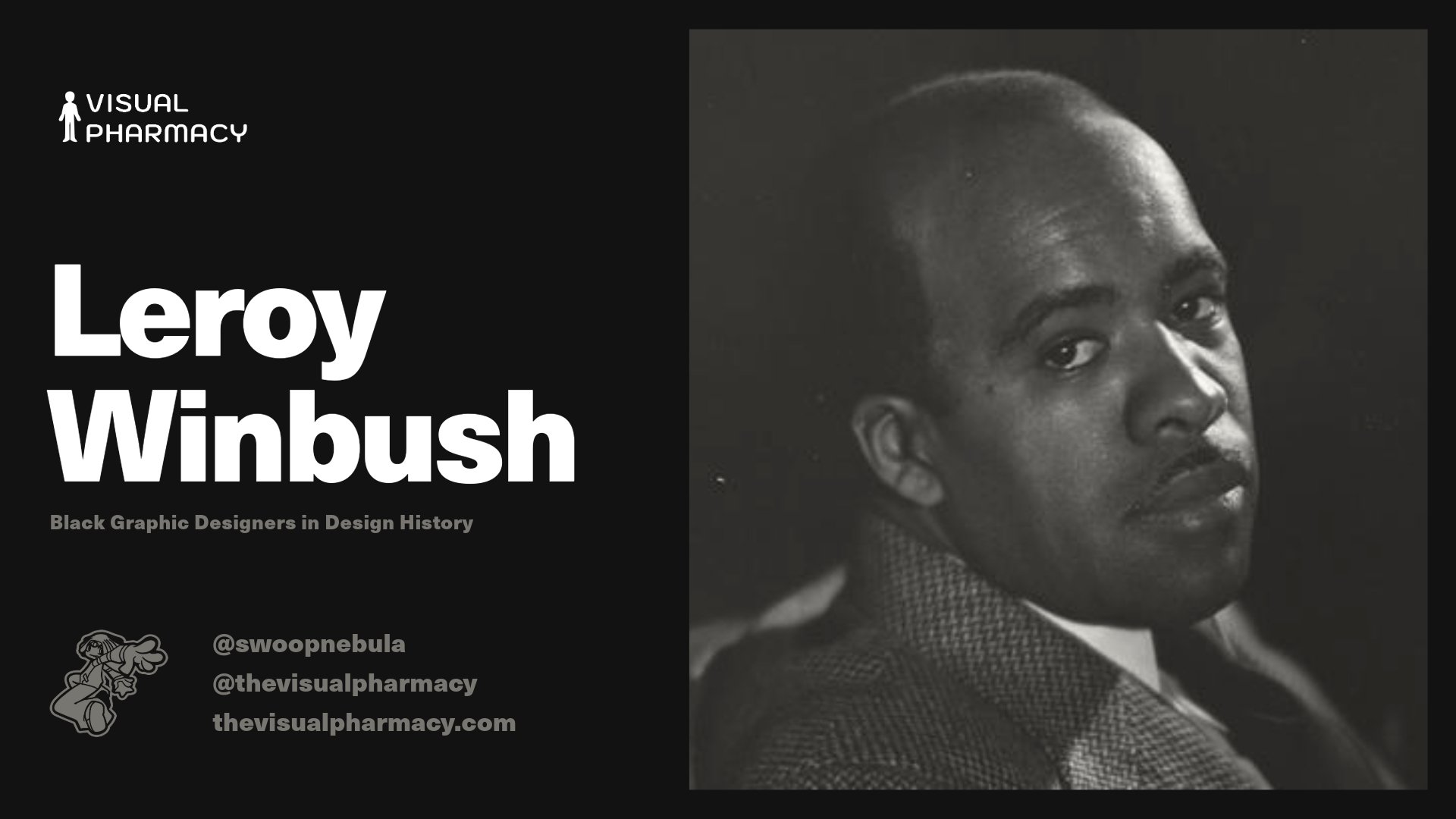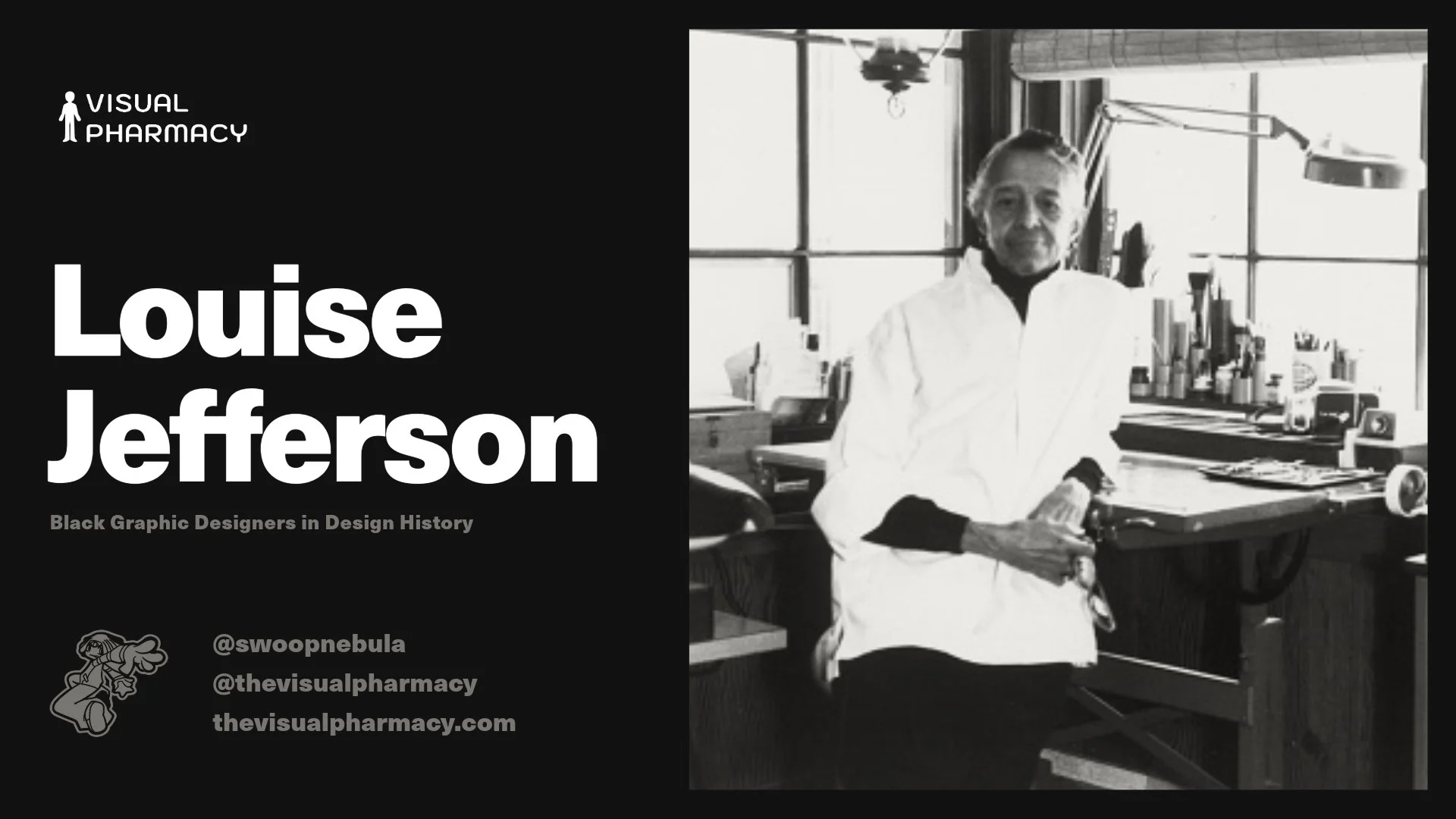7 Black Graphic Designers in Design History Pt. 02
Design homies! We back with seven more black graphic designers in design history. some of these talented individuals I’ve just come to know about from you guys. Thanks for all the love on this series. Let me know down in the comments what you all would like next!
1. Aaron Douglas
Aaron Douglas, born in Topeka, Kansas, became a central figure of the Harlem Renaissance. Known for his unique style that fused African motifs with modernist forms, Douglas's art depicted African American history, struggles, and aspirations. His significant works include the murals "Aspects of Negro Life" at the Schomburg Center for Research in Black Culture. Beyond his artistic contributions, Douglas was a dedicated educator, founding the art department at Fisk University and mentoring many young artists.
Quick Facts
Douglas's murals for the 135th Street branch of the New York Public Library are among his most famous works.
He collaborated with notable figures like Langston Hughes and W.E.B. Du Bois.
Known as the "father of African American art," his work continues to be celebrated for its cultural and historical significance.
2. Archie Boston
Moving to LA in the early 1960s Boston enrolled at the Chouinard Art Institute. Archie graduated with honors and took a position as art director at Hixson and Jorgensen advertising. There after he launched Boston & Boston with his brother, becoming one of the first black owned creative organizations in the country. Among many of his clients where Beckman instruments, Chiat advertising, and Concord electronics. Boston later went on to work for an ad agency and start his own firm, "Archie Boston Graphic Design", where he worked on ads for Motorola, Rayytheon, and Yamaha.
Quick Facts
In 1972, at age 29, Boston became the first Black president of the Art Director Club of Los Angeles.
Boston & Boston Design was one of the first Black-owned advertising agencies in the United States.
3. Charles C. Dawson
Charles Clarence Dawson, born in Brunswick, Georgia, and raised in Chicago, Illinois, was a notable illustrator, painter, and designer during the Harlem Renaissance. Dawson studied at the Art Institute of Chicago and became known for his work in advertising, posters, and book illustrations. He illustrated important publications and designed memorable posters for events like the 1936 Negro Exposition in Chicago. Dawson also established his own studio, successfully navigating the commercial art world.
Quick Facts
Dawson co-founded the Arts and Letters Society in Chicago.
He created impactful illustrations for publications such as The Crisis magazine.
His work significantly contributed to the visual representation of African American culture in literature and advertising.
4. Emory Douglas
Douglas’ first exposure to design came when he found himself detained at the California Youth Authority a juvenile prison. Here, he gained experience in typography, art, and logo design while working at the print shop. At the City College of San Francisco, Douglas later enrolled in programs for commercial art where he found his love for black and white drawings, and sensible use of spot color while working at a silkscreen factory. Douglas is most renowned for his work with the black panther movement. Between the 1960s and 1980s, Douglas oversaw art direction for various aspects of the organization. Emory Douglas's work for the movement was often cut out and wheat pasted within black neighborhoods to spread awareness.
Quick Facts
Douglas created hundreds of illustrated and collaged front and back covers, as well as interior images, for the Black Panther newspaper.
Douglas mimicked the look of woodcut using markers and pens.
In the late 2000s, Douglas embraced digital tools like Photoshop to remix his earlier drawings and reinterpret their messages in a contemporary context.
Douglas's vision is characterized by hope and a belief in the power of individuals to create change, as evidenced by his iconic sign-off, "All power to the people."
5. Georg Olden
Born in Birmingham, Alabama, Georg Olden emerged as a pioneering African American graphic designer and illustrator. He was one of the first African Americans to hold a creative position at a major American corporation, working at CBS where he designed iconic on-air graphics and title cards for shows like "I Love Lucy" and "Gunsmoke." His work extended to creating the Emancipation Proclamation postage stamp in 1963, making him the first African American to design a U.S. postage stamp. Olden's influence extended beyond television and stamps to logos, book covers, and advertising, leaving a lasting legacy in graphic design.
Quick Facts
Olden was a seven-time Emmy Award winner for his television graphics work.
He broke racial barriers, paving the way for future generations of African American designers and artists.
His modernist style and powerful imagery remain influential in visual culture today.
6. Leroy Winbush
Born in Memphis, TN, Leroy worked at a sign shop after graduating high school in 1936, where he was an apprentice. Between 1938 and the 1940s, Winbush worked at the Regal Theater. He then designed signage at the Goldblatt's department store, where he eventually became the art director. Winbush was the first black member of the Art Directors Club, where he became a great motivator for designers of color. He also helped create the first edition of Ebony magazine.
7. Louise Jefferson
An illustrator, artist, graphic designer, and so much more, Born in Washington, DC, Louise was one of the very first African American women to become an art director at a reputable publishing house. She studied fine arts at Hunter College and later focused on graphic arts at Columbia University. Jefferson first got her start designing posters for the YWCA. While working for the Young Women's Christian Association in Harlem, New York City, Jefferson found herself taking on freelance work for Friendship Press. By 1942, she had worked her way up to becoming the company's Art Director, overseeing all aspects and their production. Jefferson's work put marginalized peoples on the map (Colorado.edu, 2023). She retired from Friendship Press in 1960 but continued to take on freelance work, designing book jackets for various publishing companies.
Quick Facts
Jefferson illustrated "Understanding Africa" by E. Jefferson Murphy, showcasing the cultural richness and diversity of Africa.
Her most cherished project was her book "The Decorative Arts of Africa," which documented African cultures and lifestyles.
Throughout her life, Jefferson fought against racial discrimination and stood for social justice, working tirelessly to improve opportunities for Black Americans.
She was involved in programs like the Works Progress Administration and the Harlem Artists Guild, which aimed to increase opportunities for Black artists and communities.
-
Colorado.edu Libraries. "Black History Month: Honoring Louise E. Jefferson." Colorado.edu, 20 Feb. 2023, www.colorado.edu/libraries/2023/02/20/black-history-month-honoring-louise-e-jefferson.
Incomplete Design History. "Louise Jefferson." Simplecast, 2023, incomplet-design-history.simplecast.com/episodes/louise-jefferson-T_YP9tcr.
Letterform Archive. "The Calligraphy and Typography of Louise E. Jefferson." Letterform Archive, n.d., letterformarchive.org/events/view/the-calligraphy-and-typography-of-louise-e-jefferson.
Society of Illustrators. "Emory Douglas." Society of Illustrators, n.d., societyillustrators.org/award-winners/emorydouglas/.
















